February 01, 2022
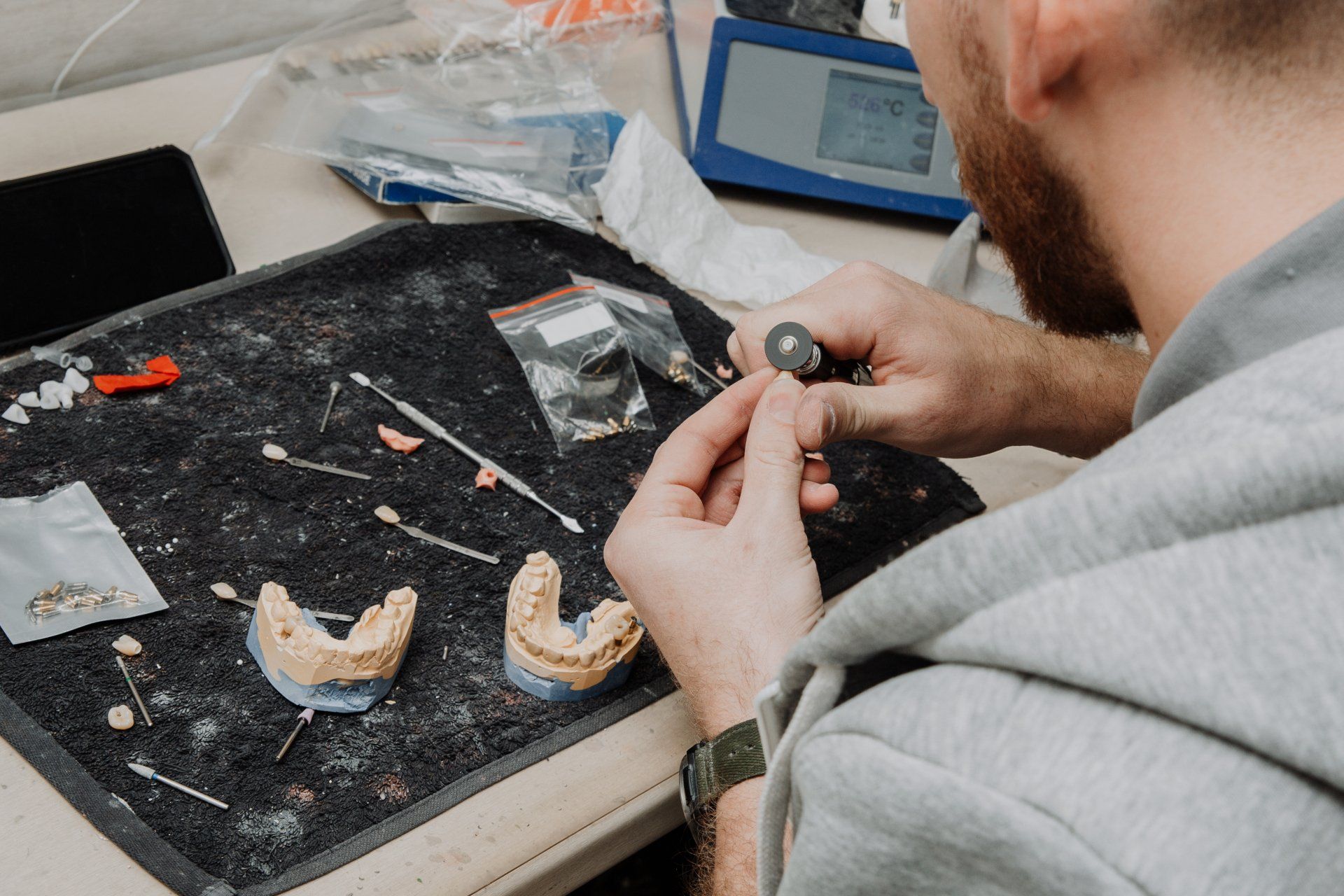
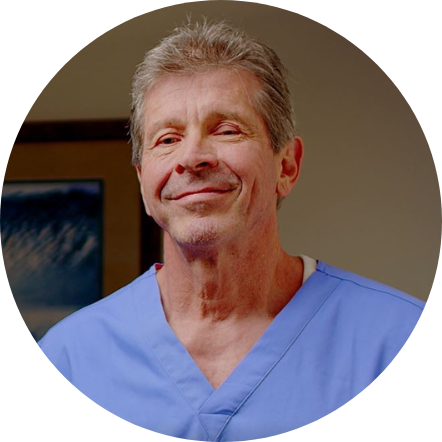
Written by:
Greg Schubert
A good reputation is the most important marketing tool for a growing dental practice. When clients have positive experiences at a dental office, they tell their friends and family, give positive on-line customer reviews and tag their dentists on social media. These efforts market the practice and help it grow.
For this reason, well-fitting, aesthetically-pleasing, reliable restorations made with safe, regulated materials and requiring minimal adjustments at the chair go a long way to market a growing dental practice. A good dental laboratory can provide all those things.
However, many dentists put their reputations on the line by working with dental laboratories that offshore their restorations. Restorations are being fabricated in many locations outside the United States including China, India, Vietnam, the Philippines and Pakistan.
The dangers of offshoring dental work include a lack of oversight ensuring quality standards and a lack of transparency.
The American Dental Association (ADA) researches “the safety and efficacy of dental restorative materials” and continues to “actively promote such research.” The purpose of this ongoing effort is “to ensure that the profession and the public have the most current, scientifically valid information on which to make choices about dental treatment requiring restorative materials.”
In addition, the ADA sets quality standards for the dental profession in the United States to ensure quality dental tools, restorative materials and dental practices are used to create safe, quality outcomes for patients. According to Scott Colburn, Director of FDA Standards and Conformity Assessment Program, these standards “ensure quality because they are developed through a consensus-based process which is transparent, open, balanced and follows due process.”
These same quality standards and best practices do not exist outside the United States.
The danger of a lack of oversight and quality standards became a hot topic in 2008 when an Ohio television station reported on the bad reaction of a 73 year old woman to a Chinese-made bridge. It was discovered that the bridge contained extremely high levels of lead in its ceramic. High levels of lead have been linked to kidney damage, and disorders of the central nervous system and reproductive systems in people.
One ADA quality standard specifically states that dental restorations should not be made with lead.
Further research in 2008 revealed at least a half-dozen more dental crowns made with dangerous levels of lead. However, the U.S. Food and Drug Administration conducted its own research at the time and concluded, “it didn’t believe the crowns pose(d) a significant public health risk.”
Whether crowns produced offshore pose a significant public health risk or not, the fact that non-U.S. dental laboratories are not required to comply with U.S. regulatory standards, is concerning.
Even more concerning is the reality that dentists and patients don’t know their restorations are being shipped offshore.
The Covid-19 pandemic shed a light on this problem in February 2020 when most labs in China were forced to close their doors to prevent the spread of the virus.
“One very large U.S. “lab” sent an email to their dental clients on February 6 letting them know their cases were going to be delayed a month. For most of their clients, that email was the first time they were ever told their work was done in China.” - What’s in Your Mouth?
Dentists send their restoration cases to a local address in the U.S. or hand their cases to a designated middleman believing the work is being completed in a U.S. lab. However, once received, these cases are shipped overseas, fabricated in a foreign laboratory and mailed back to the U.S.
Most clothes, toys and marketable items in the United States include the words, “made in,” to let a buyer know where each item was made. However, a similar transparency is not required for dental restorations.
In fact, “only 11 states require disclosure of patient contact material composition and point of origin to dentists.” This means a dental laboratory does not have to tell a dentist what materials were put into a crown and where that crown was made.
Considering the importance of reputation in building and maintaining a dental practice, it is concerning that a dental office has minimal input into the making of a restoration once it arrives at an offshore laboratory.
Several problems with offshoring become evident when considering distance, language barriers and differing cultural standards of quality.
With a lack of transparency, regulation and oversight, offshoring dental restorations also put a dentist at risk for unintentionally enabling the growth of sweatshops. News reports and lawsuits against big businesses demonstrate that sweatshops are still a reality in today’s global market.
In contrast, in the United States, dental laboratories are regulated by the American Dental Association and American workers are protected from sweatshop conditions.
U.S. laboratories also have the potential to become Certified Dental Laboratories demonstrating they have met, “specific standards relating to quality assurance, safety and business and manufacturing practices.” This provides assurance to dentists that they are working with reliable dental laboratories.
In addition, dental laboratory technicians can also become Certified Dental Technicians demonstrating, “a significant mastery of the knowledge and applied skills needed in dental technology.”
When you choose to partner with a local dental laboratory you are showing your support for the American worker and economy. With so many supply chain disruptions affecting international commerce, there is safety and security in knowing that your dental restorations will be made in the U.S.A.
Talk to your dental laboratory about where their restorations are fabricated.
At PRO-Craft Dental Laboratory 100% of our restorations are made and manufactured at our Murrieta, CA location. To learn more, contact us today 877.484.3522 or email us at allzplus@pro-craft.com
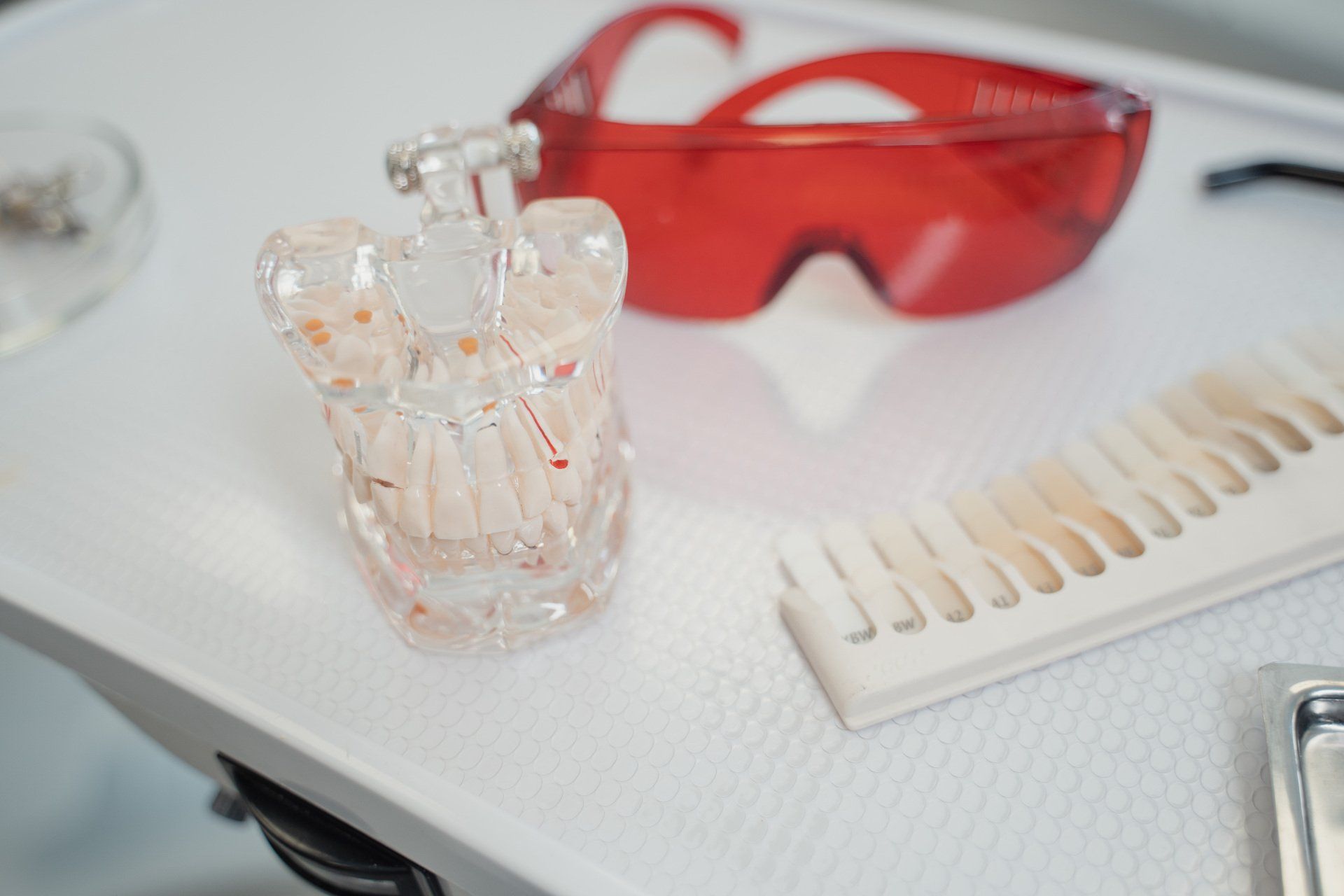
Guide to Choosing a Dental Laboratory Nicole Donnelly • Jan 04, 2022 Finding a dental laboratory that can provide consistent quality can be challenging. These 10 fundamentals will help you understand...
Read More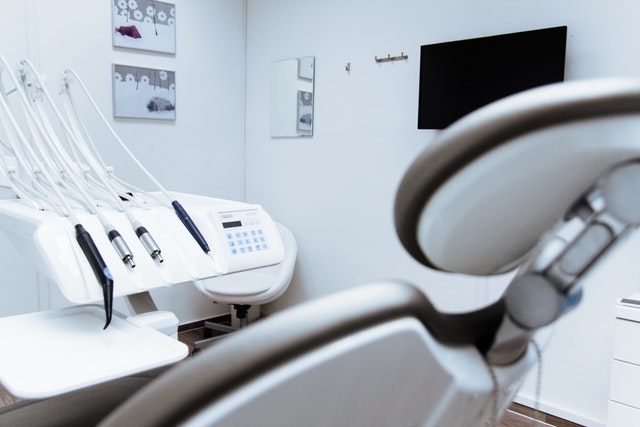
Improving Occlusal Clearance Apr 30, 2017 PrepCheck™, the revolutionary prep-marking system, promotes adequate reduction allowing ideal thickness of the final restoration and ensures superior...
Read More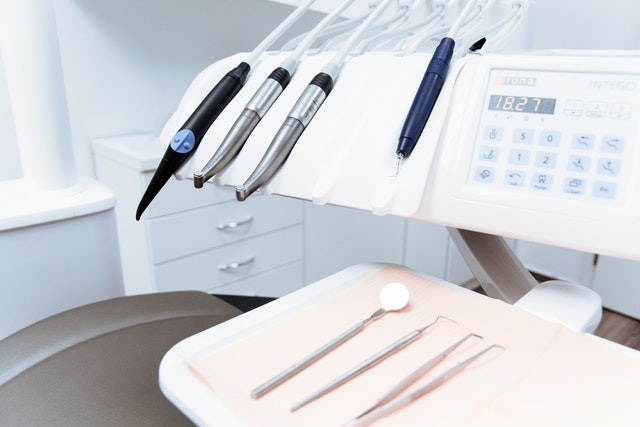
Reduce Occlusal Adjustments With The Exact Occlusal Bite Technique Apr 29, 2017 (For cases with no distal stop) We see many different bite techniques here at Pro-Craft. We have seen what works and...
Read More